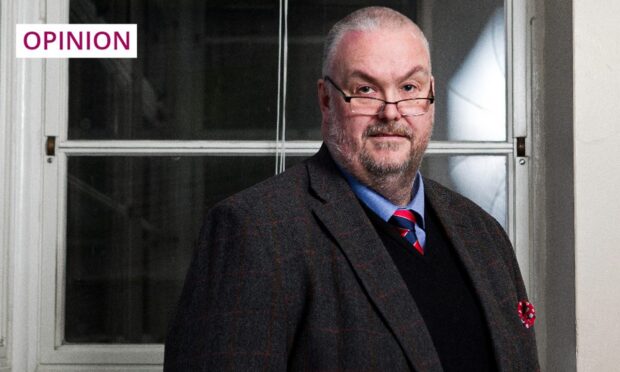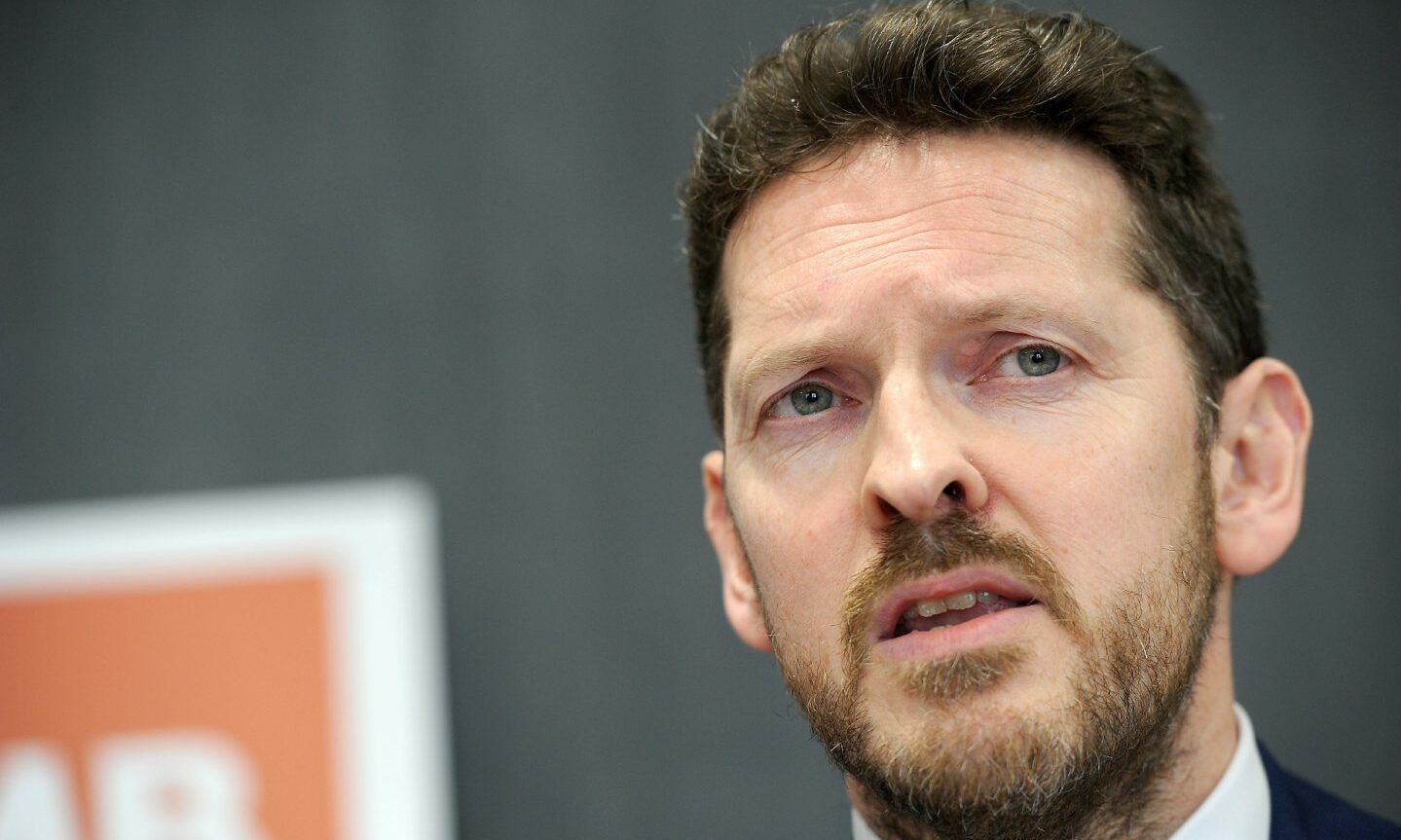Three weeks ago, I took a call from the kids’ school. That’s never good news, is it?
There was nothing to worry about, the woman on the other end of the line reassured me, but the boy had taken a tumble on his way to the gym, and the school nurse reckoned he might have dislocated his thumb. Could I take him to casualty?
Fifteen minutes later, we were in the back of a cab, heading to the hospital. His right thumb, wrapped in an ice pack, looked like a turkey drumstick. He winced every time the taxi shook.
We went on to experience the NHS at its very best. Everyone we met was attentive, compassionate and good humoured. They made a thoroughly miserable day considerably more bearable for a 13-year-old in great pain.
Not for the first time – he’s a typically fearless and reckless teenager, so we’ve been through the doors of the accident and emergency unit before – I was hugely grateful for the kindness and expertise of the men and women who attended to him.
We experienced the same levels of generosity and professionalism a couple of days later, when he was put in plaster to support the healing of ligament damage, and on a third visit, when the gentlest of nurses removed the stookie and a smiling doctor issued a six-week ban on playing football, sweetening the pill with the news that video-gaming would help rebuild the strength of his thumb.
Many of you will have similar experiences of the health service, I’m sure, and – like me – will have walked away feeling a mix of gratitude and reassurance for all its staff do.
But gratitude doesn’t do much to make life easier for those on the frontline of the NHS. Our doctors and nurses continue to work under often intolerable pressure.
‘We can’t afford to just hope for the best’
This week, the former head of the Scottish NHS – Professor Paul Gray – warned that the service was “unsustainable” in its current form, and called for a debate about whether the private sector should have greater involvement in the provision of healthcare.
Gray – chief executive of NHS Scotland between 2013 and 2019 – said long waits meant many patients were already choosing to pay for some elements of their care, because they could afford to do so or because their need was so dire, adding that a national conversation about the structure and funding of the NHS should have begun five years ago.
“What we can’t afford,” said Gray, “is just to carry on as we are and hope for the best.”
Gray’s is far from being a lone voice when it comes to concern about the future of the NHS. Professor Andrew Elder, president of the Royal College of Physicians in Edinburgh, wants a “national conversation with the public” on the priorities the NHS should focus on.
“The biggest challenge for our NHS,” he said, “can be summed up by the following questions. Can we afford to provide every treatment available for the general public, free of charge and at the point of access? If we cannot – which seems probable in the coming years – how should we decide what we can provide?”
And Dr Iain Kennedy, chair of the British Medical Association in Scotland, has warned that, without a frank and open discussion about fixing the NHS, it will not survive until its 100th birthday in 2048.
We need more than sentimental words from politicians
We have heard similar warnings before. And they’ve always been ignored.
Whenever the possibility of increased use of private healthcare is mentioned, politicians enter into point-scoring games, accusing opponents of wishing to dismantle the NHS.
Those same politicians compete to be seen as the great defenders of our health service. They talk sentimentally about its staff, and we voters lap it up.
But no politician who continues to avoid the points made by Gray, Elder and Kennedy – among others – should be considered a safe pair of hands when it comes to the stewardship of the NHS.
The latest Public Health Scotland statistics show the waiting list for non-urgent outpatient care in Scotland was more than 525,000 this autumn
The NHS was created in the foreign country of 1948, when life expectancy was considerably lower than today. The service now buckles under the pressure of an ever-increasing elderly population, along with the failure of politicians to initiate necessary reform.
The latest Public Health Scotland statistics show the waiting list for non-urgent outpatient care in Scotland was more than 525,000 this autumn – up 10.5% on the same time last year, and more than double the level before the start of the Covid pandemic in March 2020.
How much worse do things have to get before our political leaders find the courage to be honest about the parlous state of the NHS?
Euan McColm is a regular columnist for various Scottish newspapers


Conversation